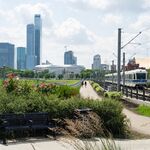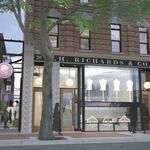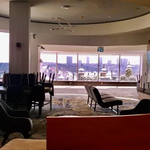ChazYEG
Senior Member
They're useless, a waste of space and left turns, especially on roads like Whyte, are unnecessarily dangerous (for drivers, cyclists and pedestrians alike) and disrupt the flow of traffic. They exist simply to appease the laziness of some drivers, who apparently would die if they had to circle a block (like 90% of the world's population does...).What's with your mad hate of turning lanes?
They add absolutely no real benefit and bring a bunch of downsides.




